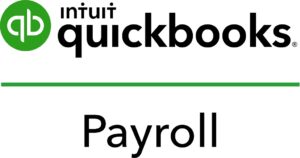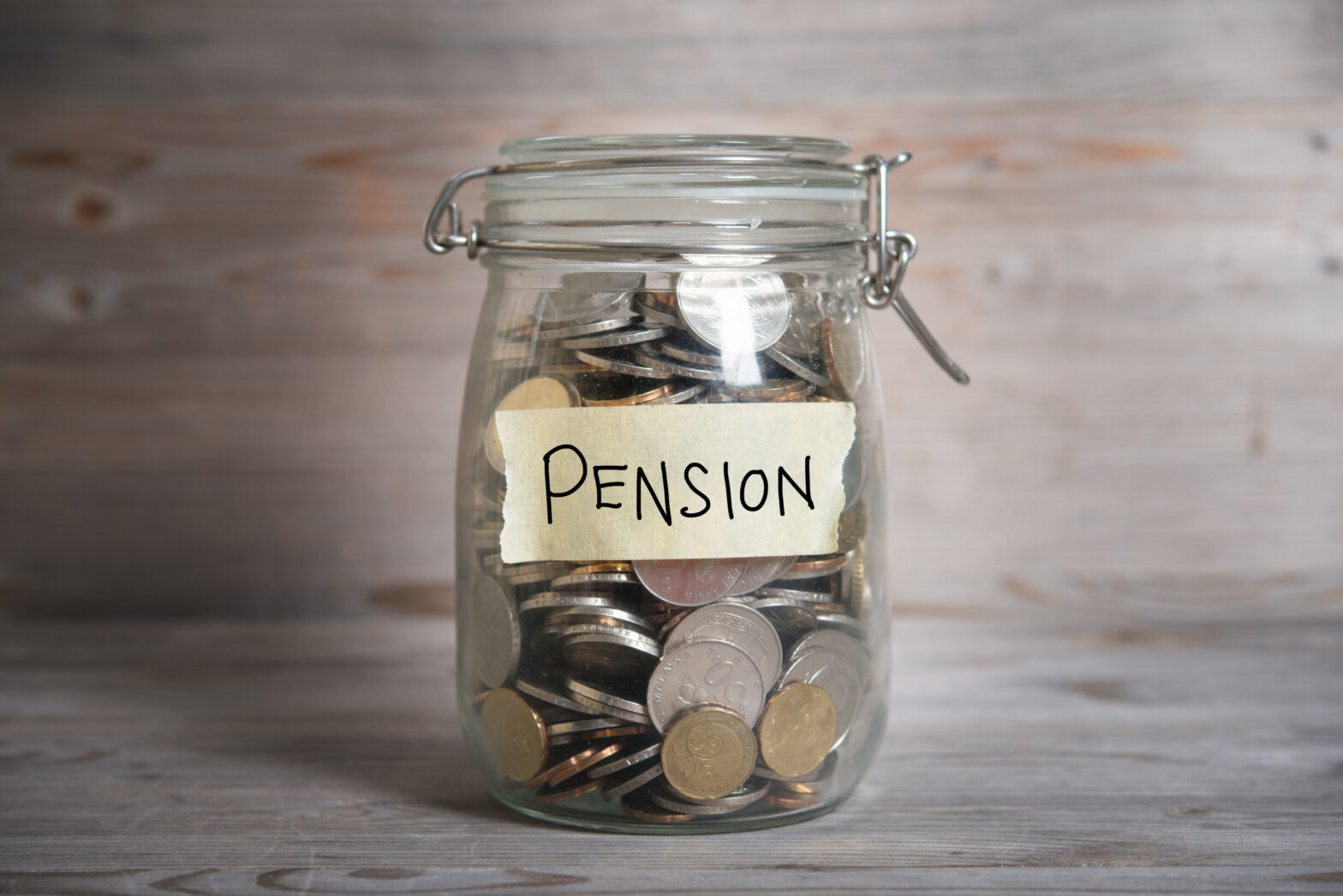Statutory Sick Pay (SSP) supports businesses by ensuring their employees take the proper time to recover as well as preventing illnesses spreading through the workplace.
SSP is still a complicated area of employment law, and many small businesses have questions about where and when their obligations end if an employee is off sick.
In this article we explain what SSP is, who it applies to, who is exempt, how it works, and how much it costs.
What is Statutory Sick Pay?
If one of your employees can’t work due to illness, Statutory Sick Pay requires you to pay them £99.35 a week for a maximum of 28 weeks.
If your company runs its own contractual or occupational sick pay scheme (which must be detailed in any employment contract), you can choose to pay your employees more during their sickness, but you can’t offer less. SSP is the – the legal minimum.
In order to qualify for SSP, employees must:
- Have an employment contract
- Have worked under that contract
- Have been sick for four or more days in a row
- Earn an average of at least £123 per week (for 2022/23 tax year)
- Have notified you of their sickness within your stipulated time limit
In some circumstances an employee may be ineligible for SSP, including if they:
- Are currently receiving Statutory Maternity Pay or Maternity Allowance
- Are off work due to a pregnancy-related illness within the four weeks before the due week of their baby
- Were in custody or on strike on the first day that their sickness started
- Are not liable for National Insurance contributions
- Work outside the EU
- Received Employment and Support Allowance within 12 weeks of starting or returning to work for you
How does it work?
SSP is not paid for the first three days in a row that an employee is off sick, provided those are days they’d normally be working. However, regular periods of sickness can be linked if they last four or more days each and are eight weeks or less apart.
Also, if an employee has begun work on a day, that day can’t count as a sick day.
When SSP becomes payable on the fourth day, your employee can receive up to £99.35 per week for up to 28 weeks, which should be paid on the same schedule as their wages, and with income tax and National Insurance deducted if applicable. SSP is payable by the day.
As soon as an employee returns to work, you should resume paying them at their normal rate. There’s no legal obligation to keep records of SSP payments, but it’s wise to maintain absence records in case there’s ever a pay dispute.
SSP doesn’t affect an employee’s statutory holiday, which should still be accrued no matter how long they’re off sick, and they should be allowed to carry any holidays not taken due to sickness into the next year.
Can I ask for proof?
You can only ask for a fit note after your employee has been off for more than seven days in a row. A fit note must be issued by a doctor or hospital, or if you agree, proof can be in the form of an Allied Health Professional Health and Work report.
SSP and coronavirus – can you make a government claim?
If you paid SSP to your employees during the pandemic, you could claim it back using the Coronavirus Statutory Sick Pay Rebate Scheme. However, the scheme was closed on 24 March 2022.
As of that same date, your employees are no longer entitled to SSP if they’re self-isolating due to Covid-19, unless they are unable to work due to sickness.
SmallBusiness.co.uk has teamed up with Intuit QuickBooks to help you find the right Payroll software for your business. Find out more about getting your payroll and business finances all in one place.





